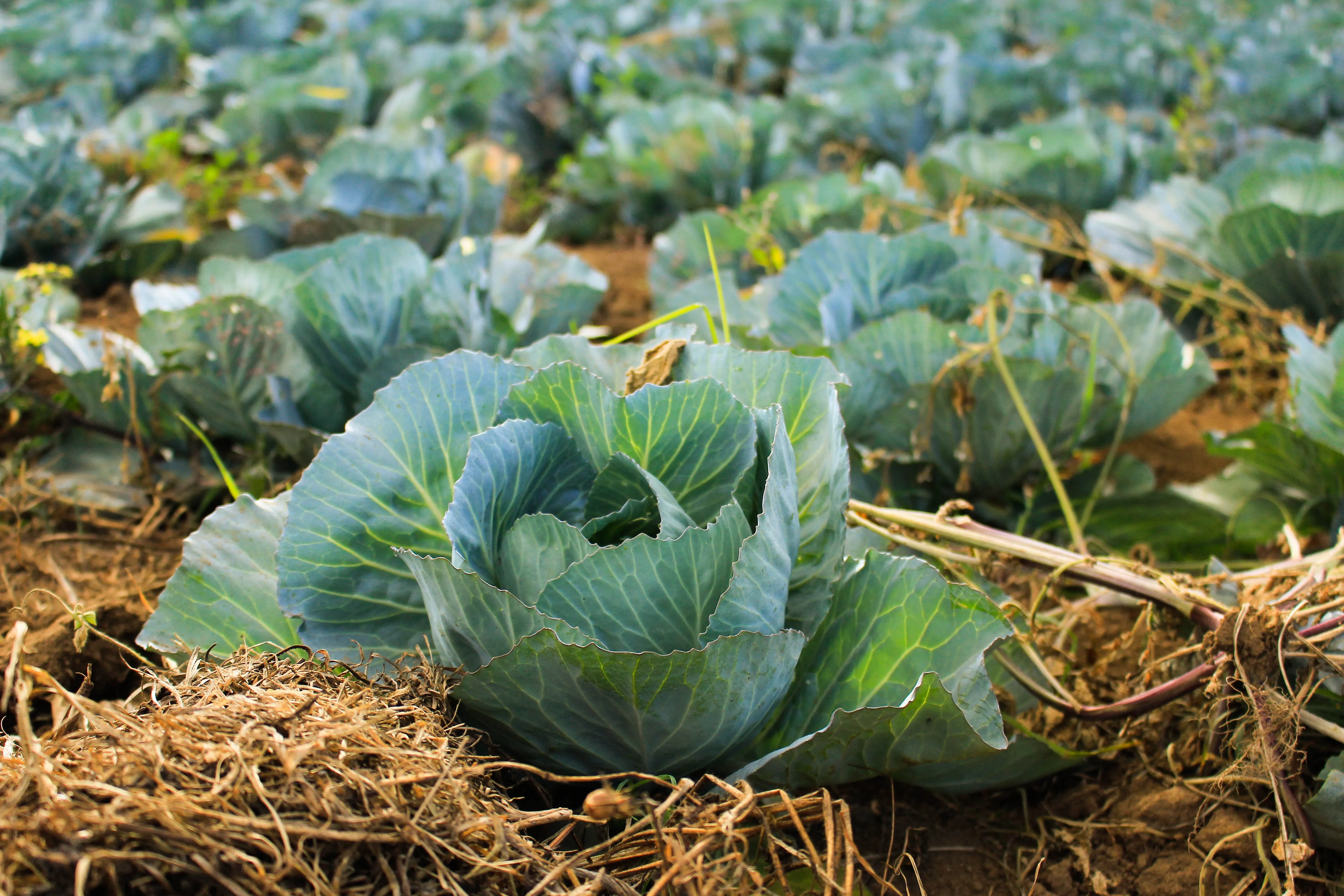Cover Crops and Their Role in No-Till Systems
Gain a thorough understanding of 'The No-Till Farming Method' with Vriksha Farms. This blog post delves into the principles and practices of no-till farming, a key strategy in sustainable agriculture. Learn how no-till methods contribute to soil health, reduce erosion, and enhance crop yields. Discover the equipment and techniques essential for successful no-till farming, and how this approach aligns with environmental sustainability and efficient farm management."

Introduction
In the progressive sphere of sustainable farming, cover crops play a pivotal role, especially in no-till systems. Vriksha Farms, a leader in managed farmland development, advocates for the use of cover crops as part of its responsible agroforestry practices. This approach is in line with their commitment to sustainable living and providing a tangible return on investment for farmland. By understanding the significance of cover crops in no-till systems, farmers and investors can optimize the health and productivity of their agriculture land, addressing various industry challenges and customer needs.
The Importance of Cover Crops in No-Till Farming
- Enhancing Soil Health
Cover crops contribute significantly to soil health in no-till systems. They prevent soil erosion, improve soil structure, and increase organic matter content, leading to enhanced fertility and water retention.
- Natural Weed Suppression
In no-till farming, cover crops act as a natural barrier against weeds. They compete with weeds for resources, effectively reducing weed growth and minimizing the need for herbicides.
- Nutrient Management
Cover crops play a crucial role in nutrient cycling. They can fix nitrogen in the soil, making it available for subsequent crops, and help in the uptake of other essential nutrients.
Types of Cover Crops
- Legumes
Legumes like clover and peas are popular cover crops in no-till systems. They are known for their ability to fix atmospheric nitrogen, enriching the soil with this vital nutrient.
- Grasses
Grasses such as rye and barley are effective in preventing soil erosion and improving soil structure. Their extensive root systems help in breaking up compacted soil layers.
- Brassicas
Brassica cover crops, including radishes and mustards, are known for their deep rooting ability, which helps in soil aeration and breaking up hardpans.
Implementation Strategies
- Selecting the Right Cover Crop
Choosing the right cover crop depends on various factors, including climate, soil type, and the specific needs of the subsequent crop.
- Timing and Seeding
Proper timing for planting and terminating cover crops is crucial. They should be seeded at a time that allows for maximum growth without interfering with the planting of the main crop.
- Managing Residue
After termination, cover crop residues should be managed appropriately to ensure they contribute to soil health without hindering the planting and growth of the main crop.
Vriksha Farms: Integrating Cover Crops in No-Till Farming
- Demonstrating Best Practices
Vriksha Farms incorporates cover crops into its no-till farming projects, showcasing their effectiveness in enhancing soil health and productivity.
- Educating and Supporting Farmers
The company provides education and support to farmers on the best practices for integrating cover crops into no-till systems, ensuring successful implementation and maximized benefits.
Conclusion
Cover crops are an integral component of no-till farming, offering numerous benefits in terms of soil health, weed control, and nutrient management. At Vriksha Farms, the use of cover crops is a testament to their commitment to sustainable agriculture practices. By embracing cover crops in no-till systems, farmers can improve the health and productivity of their land, contributing to a more sustainable and profitable farming future.
